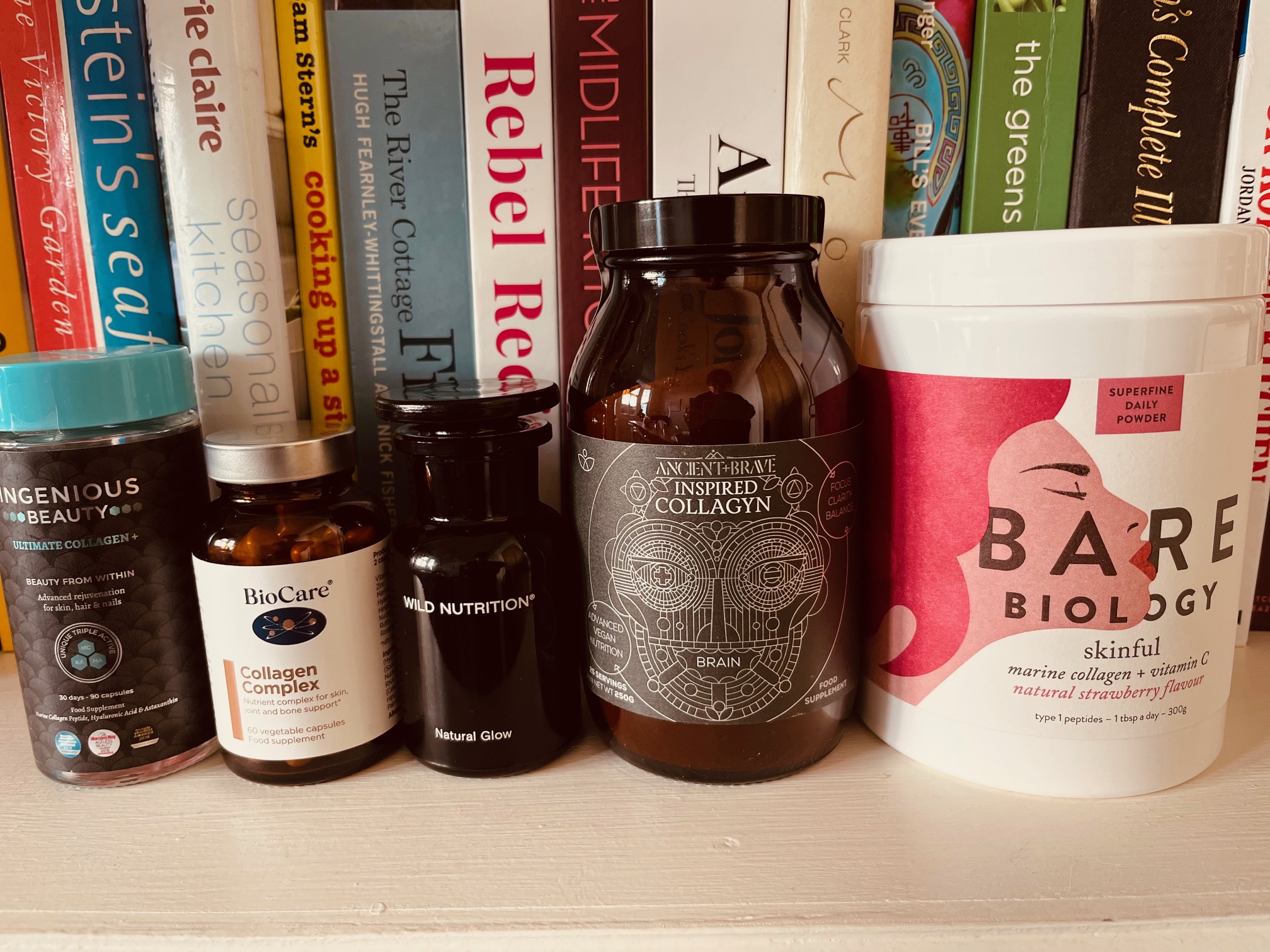
The problem with inflammation at menopause
The menopause is now deemed an inflammatory transition in a woman’s life. This image outlines important factors which can cause inflammation in the body at menopause. Inflammation examples include pain, muscles stiffness, a foggy head, depression, bloating, ezcema (which literally means to boil over in Greek, which is what our immune system is doing!), osteoarthritis and any auto immune condition. Declining oestrogen levels can make us more inflamed because oestrogen is one of our natural anti-inflammatory steroid hormones. The decline of oestrogen can also increase oxidative stress which creates free radicals, a known factor in cartilage destruction and aging.
So how can we help put out the fire of inflammation?
Avoid lots of pro inflammatory foods and lifestyle choices. Inflammation is needed to alert the body to injury but in our modern day world we often have too many ON inflammatory switches and not enough OFF switches. Aside from fluctuating oestrogen levels, high omega 6 oils, lots of meat and dairy, processed foods, alcohol, caffeine, gluten, smoking, sun damage and pollution can all increase inflammation too.
Increase more antioxidant rich foods to help support the liver and help quench these free radicals which can increase our inflammatory load. Aim to up your blueberries, pomegranate, plums, cherries, red onions, beetroot, carrot and squash. Flavanoids found in these foods are known to help inhibit cartilage destruction and help protect our brain.
Omega-3 foods have potent anti-inflammatory properties. We are often low in them! Up your oily fish such as salmon, sardines, trout and mackerel, and a vegan source from algae (usually in supplement form). Linseed oil, hemp oil and nuts such as walnuts are vegan sources of omega 3 too.
Turmeric and ginger are widely known for their anti- inflammatory actions (although they are heating, so be wary if you suffer from hot flushes).
Increase phytoestrogens which have been found to be protective in their role as supporting fluctuating oestrogen levels (lots of evidence on their protective effect on joints for example). Found in soya (tofu, tempeh, miso, natto, edamame beans),chickpeas, lentils, peas, ground linseed, sesame seeds, cashews, kale, broccoli, Brussels sprouts, carrots, cabbage, cauliflower, peppers, cherries,garlic, apples, apricots, soybean sprouts, alfalfa, split peas, pinto beans and red clover tea.
Magnesium – to help inhibit inflammation. Magnesium can be found in green leafy veg, pumpkin seeds, pinto and black beans, avocado and Epsom bath salts.
Zinc – it helps to reduce oxidative stress and can be found in foods such as sesame seeds (tahini!), crustaceans like prawns, crab and oysters, dark raw chocolate and lean red meat.
Manganese – a trace mineral with a very important role as it helps scavenge free radicals. Sources include oats, brown rice, hazelnuts, almonds, pecans, linseed, sesame and pumpkin seeds, cloves, saffron and chilli powder.


